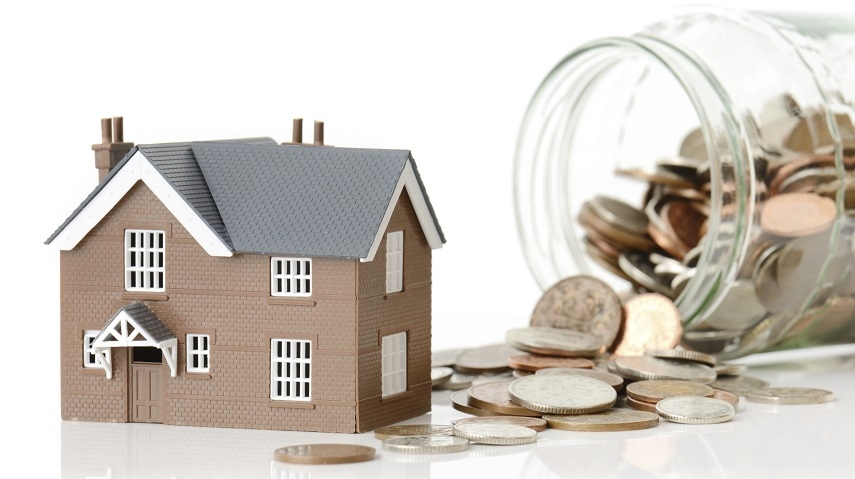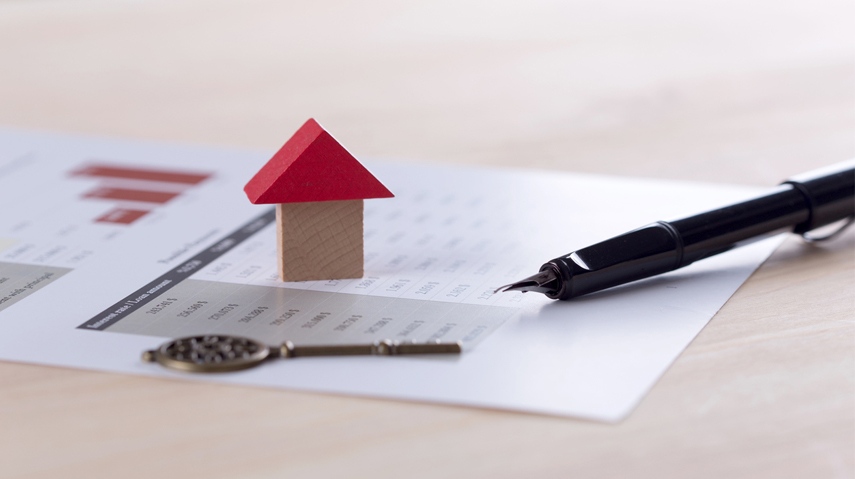
Newbie buyers are navigating among the hardest real estate markets in modern-day history. Supply is specifically tight in lots of locations of the country as speculators purchase these homes to flip for a quick profit, and escalating costs are triggering builders to concentrate much more on higher-end houses that are a lot more successful for them.
With greater than 40 percent of new buyers lugging student loan debt, and the typical novice property buyer age climbing to an all-time high of 32 years of ages, the realty market can be a daunting place. The good news is, there are lots of newbie homebuyers programs, including loans as well as grants, available.
Right here are the most effective national programs, grants and also loans for novice homebuyers that can get you right into a location of your own without a 20 percent down payment or sterling credit. At the end of this story, you can find state new homebuyer information for The golden state, New York City, Pennsylvania, Texas and Florida.
Summary: First-time homebuyer loans and programs
- FHA loan program: A loan insured by the Federal Housing Administration. Good for those with low credit scores and little money saved for a down payment.
- USDA loan program: A loan program 100 percent guaranteed by the U.S. Department of Agriculture for lower-income borrowers in eligible rural areas.
- VA loan program: A loan backed by the U.S. Department of Veteran Affairs that allows no down payment for military personnel, veterans and their families.
- Good Neighbor Next Door buyer aid program: A HUD program that provides housing aid for law enforcement officers, firefighters, emergency medical technicians and teachers.
- Fannie Mae or Freddie Mac loan program: Conventional loans backed by Fannie Mae or Freddie Mac require 3 percent down. Good for those with strong credit.
- HomePath ReadyBuyer Program: A program that provides 3 percent in closing cost assistance to first-time buyers. Must complete an educational course and buy a foreclosed Fannie Mae property.
- Energy-efficient mortgage program: Backed by FHA or VA loan programs and allows borrowers to combine the cost of energy-efficient upgrades onto a primary loan upfront.
- FHA Section 203(k) loan program: Borrow the funds needed to pay for home improvement projects and roll the costs into one FHA loan with your primary mortgage.
1. FHA loan
Best for: Buyers with reduced debt as well as smaller deposits.
Not having enough money for a 20 percent deposit may hinder you from buying a home, yet it should not. Guaranteed by the Federal Housing Management, FHA loans commonly come with smaller down payments and also lower credit score requirements than most standard loans. Novice buyers can acquire a home with a minimum credit score of 580 and also just 3.5 percent down or a credit score of 500 to 579 with a minimum of 10 percent down.
FHA loans have one large catch called mortgage insurance. You’ll pay an in advance premium and annual premiums, increasing your general loaning costs. Unlike homeowners insurance, this protection does not safeguard you; it secures the lender in situation you default on the loan
Learn more about discovering the most effective FHA lender for you.
2. USDA loan
Best for: Borrowers with lower or moderate incomes purchasing a residence in a USDA-eligible backwoods.
The UNITED STATE Division of Agriculture, or USDA, guarantees loans for some rural residences and you can get 100 percent financing. This doesn’t mean you have to purchase a ranch or shack up with animals, but you do need to purchase a residence in a USDA-eligible area.
USDA loans likewise have earnings limitations based upon where you live, indicating they’re geared towards individuals who gain reduced to moderate revenues. Usually, you require a credit score of 640 or greater to receive a structured USDA loan. If your rating falls short, you’ll have to supply extra documentation on your payment history to obtain a consent.
3. VA loan
Best for: Active-duty army participants, experts and also their partners.
Many UNITED STATE military participants (active service as well as experts) are eligible for loans backed by the UNITED STATE Department of Veterans Matters, or VA. VA loans are a pleasant deal for eligible borrowers because they include reduced interest rates than many other loan types as well as call for no deposit. A funding fee is needed on VA loans, however that cost can be rolled right into your loan expenses and some service participants might be excluded from paying it altogether.
Various other VA loan benefits consist of no PMI or minimal credit score. If you have a hard time to pay on the mortgage, the VA can work out with the lender in your place to take some stress from the equation.
4. Good Neighbor Next Door
Best for: Teachers, police, firefighters and also emergency medical technicians.
The Excellent Neighbor Next Door program is sponsored by the UNITED STATE Division of Real Estate and also Urban Development (HUD). It supplies real estate aid for police policemans, firemens, emergency medical technicians and also pre-kindergarten through 12th-grade teachers.
Through this program, you can receive a discount rate of half on a residence’s retail price in regions known as “revitalization areas.” Utilizing the program’s site, you can search for homes readily available in your state. You must commit to living in the house for a minimum of 36 months.
5. Fannie Mae or Freddie Mac
Best for: Borrowers with solid credit rating but marginal deposits.
These government-sponsored ventures, or GSEs, set borrowing standards for loans they agree to purchase from standard lenders on the second mortgage market.
Both programs require a minimum deposit of 3 percent. Buyers also need a minimum credit score of 620 (or greater, relying on the lender) as well as a fairly unblemished financial as well as credit report to certify. Fannie Mae approves a debt-to-income proportion as high as 50 percent in some cases. You’ll still spend for PMI since you’re putting less than 20 percent down, but you can obtain it terminated as soon as your loan-to-value proportion goes down listed below 80 percent.
6. Fannie Mae’s HomePath ReadyBuyer Program
Best for: Novice property buyers who help for shutting prices going to buy a seized house.
Fannie Mae’s HomePath ReadyBuyer program is tailored towards first-time buyers interested in foreclosed homes that are had by Fannie Mae. After taking a needed online homebuying education program, eligible borrowers can receive up to 3 percent in closing expense aid towards the purchase of a HomePath property. The method is locating a HomePath property in your market, which could be an obstacle since foreclosures represent a smaller sized piece of listings today.
7. Energy-efficient mortgage (EEM)
Best for: Buyers that intend to make their residence extra energy-efficient however lack up-front cash for upgrades.
Making a residence more power reliable is good for the setting, and also helpful for your purse by lowering your utility bills. Making green upgrades can be expensive, however you can get an energy-efficient mortgage, or EEM loan, that’s insured through the FHA or VA programs.
An EEM loan lets you tack the cost of energy-efficient upgrades (believe new insulation, a more reliable A/C system or double-paned windows) onto your main loan in advance– all without a bigger deposit.
8. FHA Section 203(k)
Best for: Property buyers curious about purchasing a fixer-upper but that do not have a lot of cash to make significant residence renovations.
If you’re brave enough to take on a fixer-upper yet do not have the extra money to spend for remodellings, an FHA Section 203( k) loan is worth a look.
Backed by the FHA, the loan determines the house’s value after enhancements have been made. You can after that borrow the funds required to pay for home improvement jobs as well as roll the costs into one loan with your key loan quantity. You’ll require a down payment of at least 3.5 percent, as well as improvements have to set you back more than $5,000.




